"For thousands of years, artists have shown their admiration and respect for canines by painting and carving their likenesses. They even show up in ancient art. In Pompeii, a dog mosaic was found in the House of the Tragic Poet. The structure was built in its current form near the end of the first century BC, meaning that this artwork of a fierce canine had been around for at least as long. The words at the bottom, Cave Canem, translate to “beware of the dog.” Despite that warning, it’s believed that this was to alert a visitor that there were dogs present in the house."1
Photo credit: Shipley Art Gallery
This delightful dog is doing the job he loves best! Way to go Fido(faithful).
"When it came to depicting dogs in medieval art, the dog took on some of its classical attributes of watchfulness and fidelity. Sometimes dogs would be drawn next to a married woman, symbolizing her faithfulness."2
Tiziano Vecellio, Last Supper, c. 1542–44. I
little dog knows who is a good doggie owner!
“The Hunters in the Snow” by Pieter Bruegel the Elder, 1565.
Hendrik Martenszoon Sorgh, Portrait of a man writing at a table (Scholar in his study), 1663.
Paul Gaugin created this post Impressionist painting Still Life with Three Puppies.
1https://mymodernmet.com/dog-art-history/
2https://aleteia.org/2017/08/22/the-surprising-symbolism-of-dogs-in-christian-art/

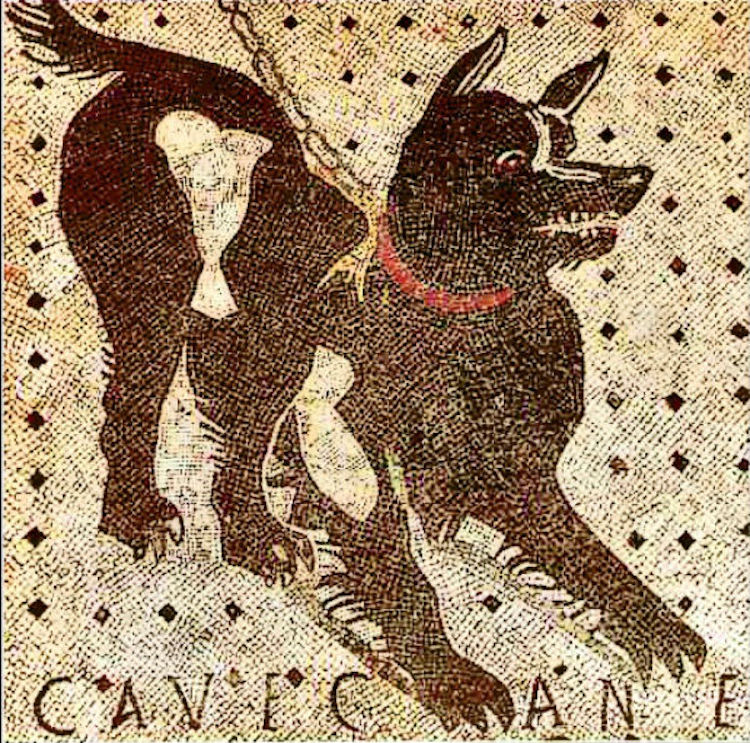
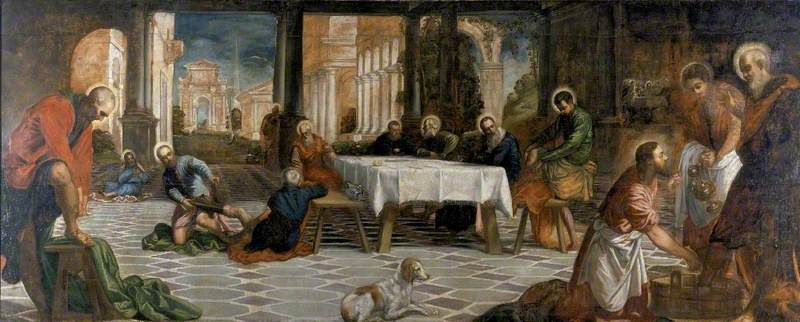
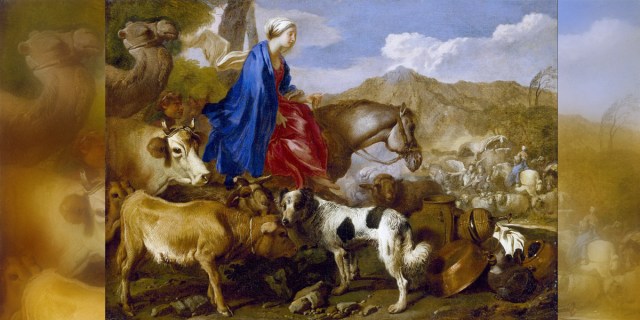
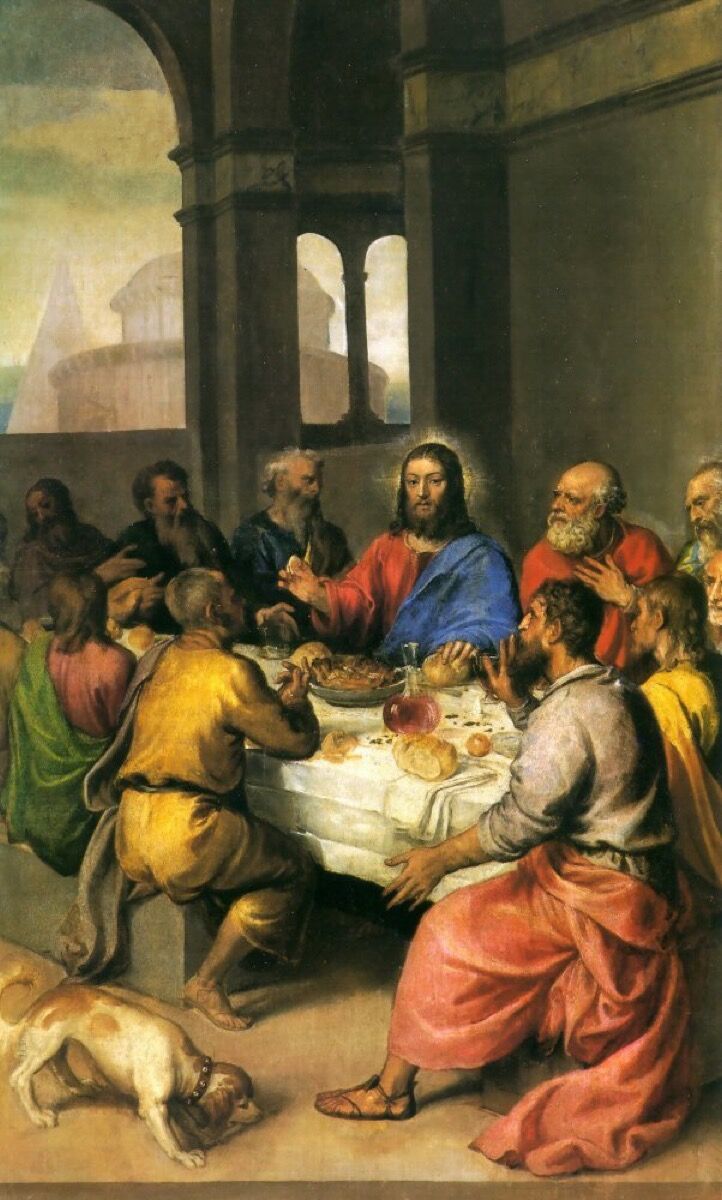
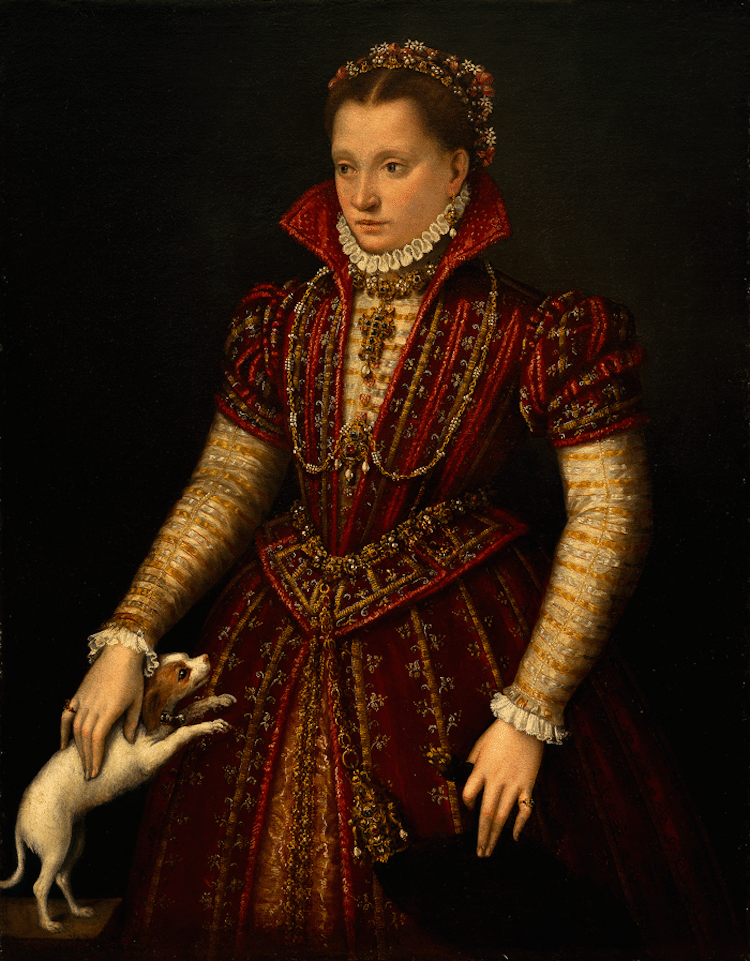
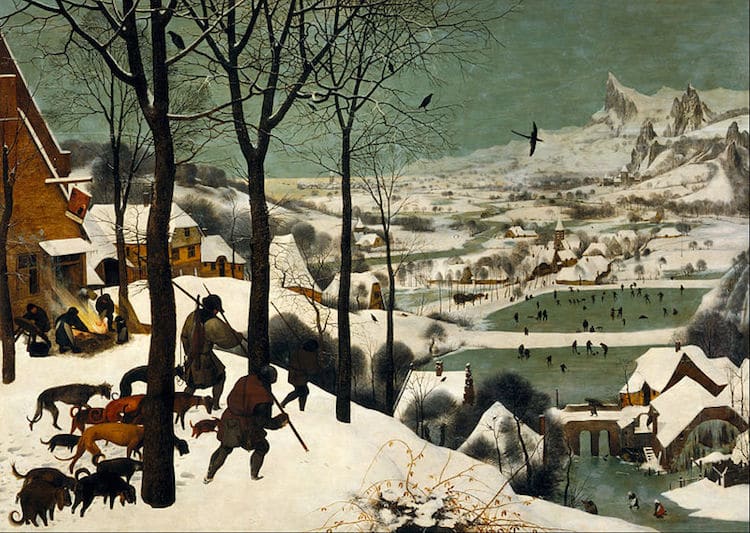
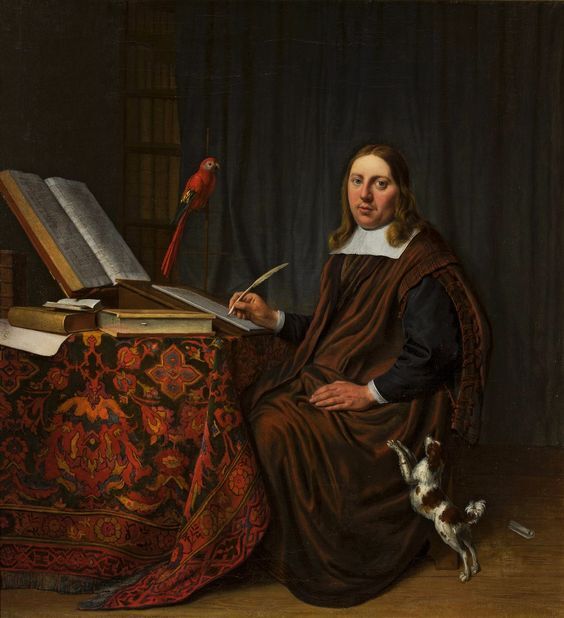
No comments:
Post a Comment